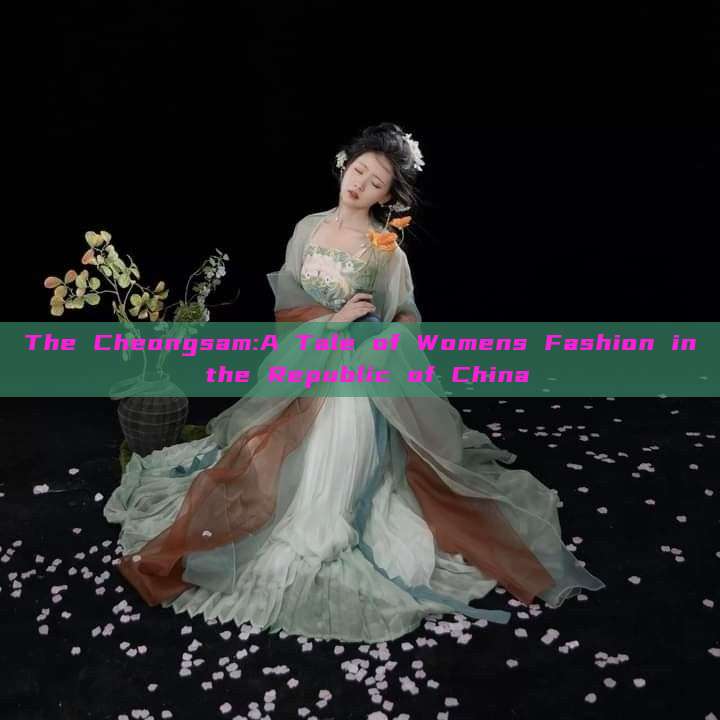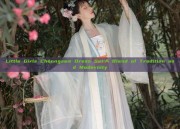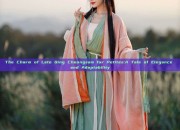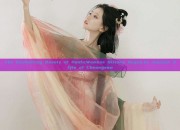The Cheongsam:A Tale of Womens Fashion in the Republic of China
In the dawn of the Republic of China, the cheongsam emerged as a symbol of feminine elegance and cultural pride. It was not just a garment, but a representation of the evolving social landscape and the resilience of traditional aesthetics. This article delves into the history and influence of the cheongsam, worn by women in the era of democratic transformations.

The cheongsam, also known as the "chi pao" or "long robe," originated from the traditional Chinese women's clothing of the Manchu era. It gradually evolved under the influence of Western fashion and cultural exchanges during the late 19th and early 20th centuries. As China embraced modernization, the cheongsam became a symbol of modern womanhood, embodying both traditional virtue and modernity.
In the Republic era, women were encouraged to participate more actively in social and political activities. The cheongsam was a perfect blend of traditional aesthetics and modern convenience, allowing women to move freely without compromising their fashion sense. Its design was tailored to accentuate the figure, highlighting the natural curves of the body in a graceful manner. The cheongsam was often made from luxurious materials like silk and embroidered with intricate patterns, reflecting the craftsmanship and cultural heritage of China.
The cheongsam's popularity soared during the 1920s and 1930s, becoming a staple of urban fashion. Women of different social classes wore it, adapting it to their personal style and social status. It was not only worn on formal occasions but also for everyday wear, demonstrating its versatility and adaptability.
The cheongsam's influence extended beyond fashion, serving as a medium for social commentary and political expression. During times of political unrest and social transformations, the cheongsam became a symbol of female activism and empowerment. Women wore it as a symbol of their political aspirations and social consciousness, using it as a medium to express their opinions and demands.
The cheongsam also reflected the changing roles of women in society. As women began to pursue careers and participate in public life, the cheongsam became a symbol of their independence and strength. It allowed them to strike a balance between traditional values and modern aspirations, preserving their feminine identity while embracing modernity.
The cheongsam's influence has persisted through the decades, making a comeback in modern times as a symbol of cultural heritage and fashion trend. It has been revamped and reimagined in various styles and designs, catering to the tastes of modern women. Its popularity has also spread beyond China, gaining recognition worldwide for its unique beauty and craftsmanship.
In conclusion, the cheongsam is not just a piece of clothing; it is a testament to the resilience of Chinese culture and women's empowerments. It reflects the evolving social landscape, fashion trends, and women's roles in society. The cheongsam stands as a symbol of women's strength, beauty, and cultural pride, embodying the essence of Chinese aesthetics and culture.
Today, the cheongsam continues to inspire women across the globe, serving as a reminder of the power of traditional craftsmanship and modern aesthetics. It remains a testament to the enduring influence of Chinese culture on global fashion and continues to captivate hearts with its unique beauty and elegance.(共约149字)






